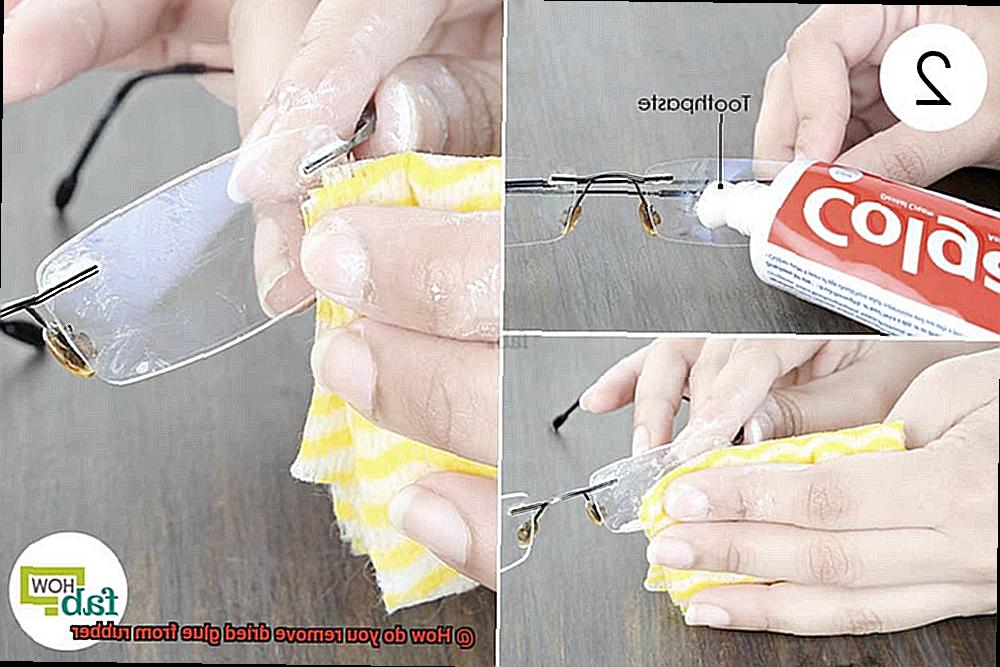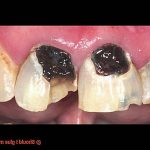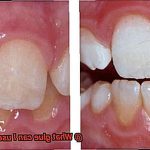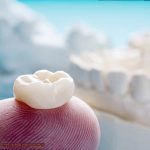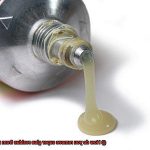Are you tired of struggling to remove stubborn, dried glue from your rubber surfaces? Whether it’s leftover adhesive from an old sticker or a DIY project gone wrong, trying to remove dried glue can be a frustrating and time-consuming task. But fear not. We’re here to help you get rid of that pesky glue gunk and restore the appearance and functionality of your rubber materials.
Our team of experts has compiled a list of tried-and-true methods to help you easily and efficiently remove dried glue from rubber. From using household staples like vinegar and baking soda to commercial-grade products, we’ve got all the tips and tricks you need.
But before we dive into the solutions, it’s important to prepare your rubber surface for cleaning. Our experts will guide you through the essential steps to ensure that your surface is ready for treatment. And if you prefer a more natural approach, we’ll even show you how to make your own homemade glue remover.
We know that using commercial adhesive removers can be intimidating, but don’t worry – our do’s and don’ts guide will help you navigate this process with ease. Plus, we’ll provide step-by-step instructions so that you can confidently remove the dried glue without damaging your rubber.
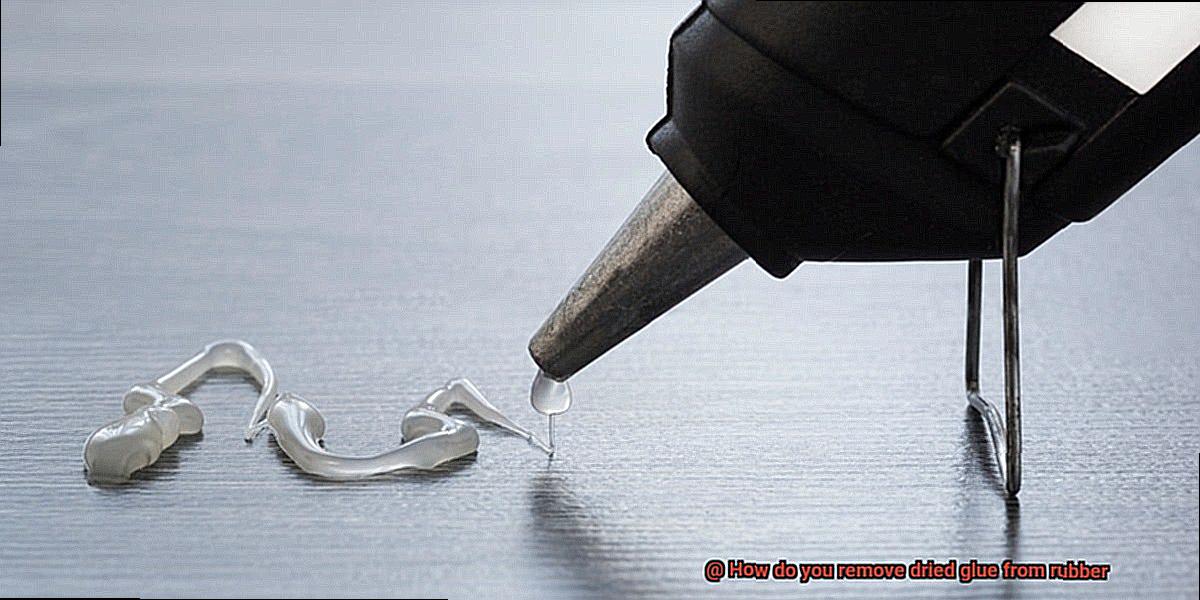
So put away those scrapers and save your nails – we’ve got everything you need to know about removing dried glue from rubber surfaces. Say goodbye to unsightly stains forever by exploring our best methods and techniques. Let’s get started.
What is Dried Glue?
Contents
Dried glue is the bane of anyone who has ever worked with adhesives. It’s that hardened, stubborn residue that clings on to surfaces and refuses to budge, no matter how much elbow grease you apply. Dried glue can occur when glue is left on a surface for too long, and it can be especially challenging to remove from rubber surfaces.
Dried glue is essentially glue that has hardened over time, making it tough and resistant to most cleaning methods. There are several types of glue that can dry and harden, such as cyanoacrylate, epoxy, and super glue. These types of glue are commonly used in household repairs, crafting, and industrial applications. Once they dry, they can become very difficult to remove without causing damage to the surface beneath.
Removing dried glue from rubber surfaces can be particularly tricky because rubber is a porous material that tends to absorb liquids. This means that when glue is applied to a rubber surface, it can seep into the pores and harden, making it even harder to remove. However, there are several methods that can be effective in removing dried glue from rubber surfaces without damaging them.
One common technique is to use a solvent, such as acetone or rubbing alcohol, to dissolve the glue. However, you should always check the manufacturer’s instructions before using any chemical cleaners as not all solvents are safe for all types of rubber. Another method is to use a scraping tool like a plastic scraper or putty knife to gently remove the dried glue. This method may take longer than using a solvent but can be safer for delicate or sensitive rubber surfaces.
In some cases, it may also be necessary to use heat to soften the glue before attempting to remove it. You can use a hairdryer on its highest setting or soak the rubber in hot water for several minutes.
Why is it Important to Remove Dried Glue from Rubber?
Not only is it unsightly, but it can also cause long-term damage to your rubber item. That’s why it’s crucial to remove dried glue from rubber promptly.
Dried glue can have a negative impact on the appearance and texture of the rubber surface. It can make it rough and uneven, which is problematic if you’re using it for aesthetic purposes like jewelry making or art projects. Additionally, if the rubber is being used in high-stress applications such as machinery or industrial equipment, dried glue can compromise its flexibility and elasticity, making it more prone to cracking or tearing.
But there’s more to it than just appearance and texture. If you leave dried glue on rubber for too long, it can interfere with the adhesive properties of other glues or adhesives that may need to be applied to the surface. This can reduce the effectiveness and strength of any new glue and hinder its ability to bond with the rubber properly.
Furthermore, leaving dried glue on rubber for an extended period can cause discoloration and staining on the surface. This could detract from the overall quality and value of your rubber item, which is especially problematic if you’re using it for decorative purposes.
Thankfully, removing dried glue from rubber is not difficult if you know-how. You could use solvents or scraping tools, or apply heat to soften the glue before attempting to scrape it off. However, be sure to take your time and be gentle as you don’t want to damage your rubber item in the process.
Common Techniques for Removing Dried Glue from Rubber
One of the most popular methods is using rubbing alcohol or acetone. These solvents break down the glue’s bonds, making it easier to remove from the rubber surface. Simply apply the rubbing alcohol or acetone to a cloth or cotton swab and rub it onto the glue until it starts to dissolve. With a little elbow grease and patience, you’ll be able to remove the glue completely.
If you’re looking for a more natural solution, try using a mixture of baking soda and water. This method is perfect for those who want to avoid using harsh chemicals on their rubber surfaces. Mix equal parts baking soda and water to create a paste, apply it to the glue and let it sit for 10-15 minutes. Then gently scrub away the glue with a cloth or sponge before rinsing the rubber surface with water.
In case you don’t have rubbing alcohol, acetone or baking soda on hand, there are other methods you can try. For instance, you can use a pencil eraser or sandpaper to gently scrape away the glue. Alternatively, you can try using a commercial adhesive remover specifically designed for rubber surfaces.
However, it’s crucial to test any cleaning solution on a small area first before applying it to the entire surface. Not all types of glue or rubber materials will respond well to these techniques. So, be cautious and take your time when removing dried glue from your rubber items.
Using Solvents to Dissolve the Glue
Removing dried glue from rubber surfaces can be a frustrating task, but don’t worry – there’s a solution. By using solvents to dissolve the glue, you can effortlessly restore your rubber surface to its former glory.
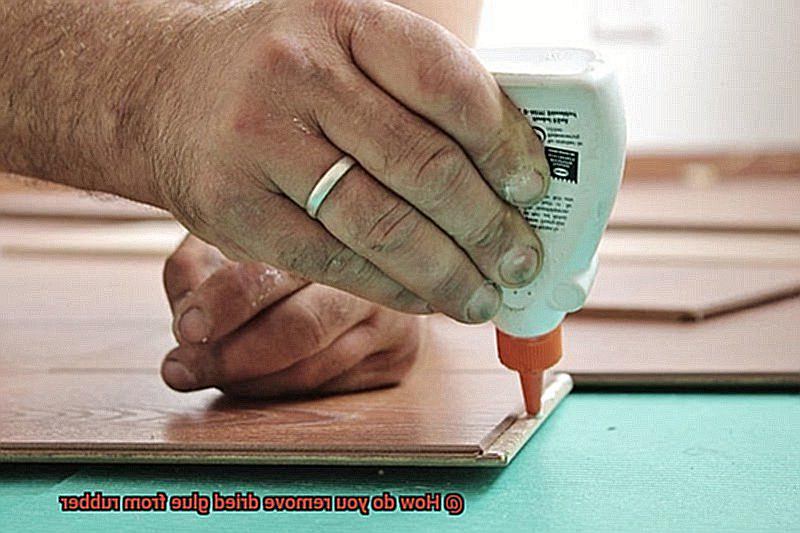
However, before you begin, it’s important to take precautions to ensure your safety and the safety of your rubber. Start by testing a small and inconspicuous area of the rubber surface with the solvent you plan to use. This will help you determine whether or not it will cause any damage or discoloration to the surface. Once you’ve confirmed that it’s safe to proceed, apply the solvent directly to the dried glue using a clean cloth or cotton swab.
One of the most common solvents used for dissolving adhesives is acetone. While it’s effective on many types of glue, be careful not to leave it on for too long as it can also damage the rubber surface. If acetone doesn’t work for you, denatured alcohol and mineral spirits are also great alternatives to try.
It’s important to follow the instructions on the solvent’s label carefully and be patient as some may require a certain amount of time to work before the glue can be safely removed. Repeat this process several times until all of the glue has been dissolved.
After using a solvent, it’s crucial to clean the rubber surface thoroughly with soap and water to remove any remaining residue. Applying a protective coating or sealant to the surface can also help prevent future damage or staining.
Scraping the Dried Glue Off
Before starting, it’s recommended to test a small area of the rubber to ensure it can withstand the scraping process. Once you’re ready, begin by using a plastic scraper or credit card to gently scrape off as much of the dried glue as possible. For more stubborn glue, try using a razor blade or utility knife, but be careful not to cut or scratch the rubber surface.
If the adhesive still won’t budge, don’t fret. You can use solvents such as rubbing alcohol or acetone. Simply soak a cloth or cotton ball in the solvent and apply it directly to the glue. Let it sit for a few minutes before resuming scraping.
It’s important to note that while scraping is effective for most types of adhesives, some may require different techniques or solvents for removal. Always read the adhesive label instructions or consult with an expert before attempting to remove any adhesive from rubber surfaces.
Using Heat to Soften the Glue
Fear not. Using heat to soften the glue is one of the most efficient methods, but it’s essential to be cautious when applying heat to avoid any damage to the rubber.
One way to utilize heat is by using a hairdryer or heat gun. Simply direct the heat source towards the dried glue and move it back and forth until the glue becomes pliable. Once it softens, you can use a scraper or plastic card to remove it from the rubber surface with ease. However, it’s crucial not to overheat the rubber as too much heat can cause it to melt or warp.
If you’re dealing with smaller and non-porous rubber items such as erasers or rubber bands, boiling water can be an ideal solution. Boil some water and carefully place the rubber object in a container. Pour hot water over it until it’s fully submerged and let it soak for 3-5 minutes, or until the glue softens. Once softened, use a scraper or your fingers to peel off the glue from the rubber.
Q_TlEK2rt2E” >
Conclusion
Are you struggling to remove dried glue from your rubber surfaces? Don’t worry. Our team of experts has gathered a list of proven techniques to help you clean the glue off without damaging your delicate materials.
Before starting, it’s crucial to test any cleaning solution on a small area first. You can use household staples like vinegar or baking soda, or opt for commercial-grade products. Whatever method you choose, we’ve got you covered.
One popular technique involves using solvents like acetone or rubbing alcohol to dissolve the glue. However, make sure to follow the instructions on the solvent’s label carefully and be patient as some may require time to work before removing the glue safely.
If that doesn’t work, try scraping off the dried glue with a plastic scraper or credit card. But be careful not to cut or scratch the rubber surface. You could also apply heat using a hairdryer or hot water.
Remember that leaving dried glue on rubber surfaces for too long can cause discoloration and staining, reduce flexibility and elasticity, and affect its ability to bond with new adhesive properly. So it’s essential to remove it promptly.

